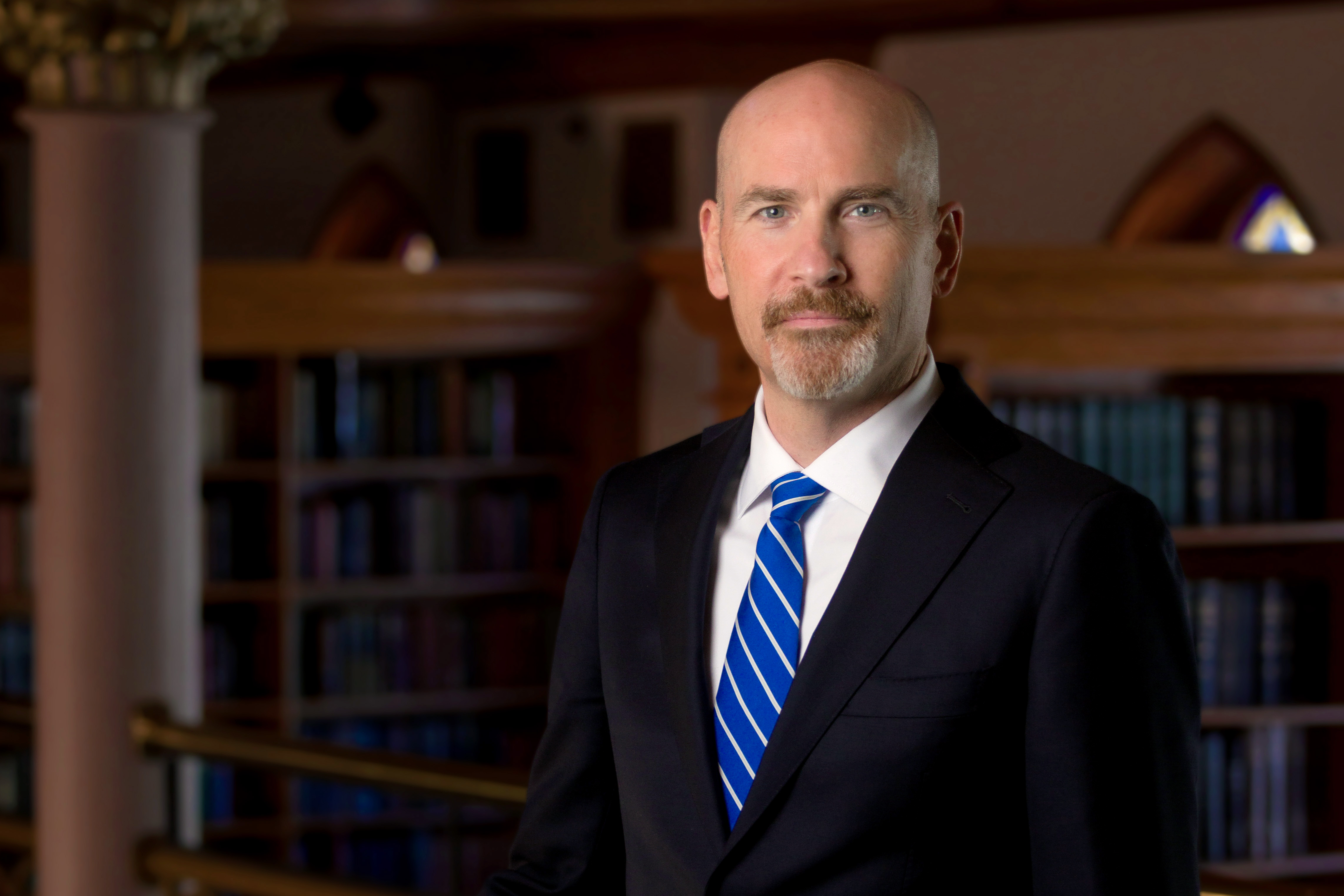Pennycress is ideally positioned as both a cash and cover crop that can be planted over winter between rotations of corn and soybean. It can provide ecosystem services, such as reducing soil erosion and soaking up excess nitrogen fertilizer that otherwise pollutes our waterways – and it produces a valuable, high-quality oilseed – growing at a time when farmland is often bare. But many of the hardy traits that make it an effective weed adapted to many different environments need to be harnessed into a package that works for farmers and management of their main crops. The research team aims to accelerate that process using broad expertise and cutting-edge technology.
Together, Danforth Center Principal Investigators Dmitri A. Nusinow, Ph.D., and Chris Topp, Ph.D., aim to increase pennycress’s tolerance to heat and drought through combining gene editing and traditional plant breeding techniques. They will focus on understanding and improving root system structure and function of pennycress, using X-ray CT imaging and a novel system developed in the Topp lab to grow and measure plants in field plot-sized containers outfitted with sensors in the greenhouse.
“One of the lessons we learned from the Green Revolution was that not enough attention was paid to root systems as new varieties were developed, resulting in a number of negative environmental consequences,” said Topp. “Here we get the opportunity to build a new crop from the ‘underground up’, that should improve agricultural sustainability, soil health, and turn a profit for growers in the bio-based fuels market.”
“It is really exciting to work on the early domestication of a new crop, especially one that can help our energy needs, increase farmland productivity, and decrease topsoil loss and pollution,” said Nusinow. “We will apply new gene editing methods and leverage the knowledge from pennycress’s close relative and research workhorse, Arabidopsis thaliana, to potentially make quick progress and big gains. The national scope of the project will bring a lot of great ideas together.”
The DOE project is led by Illinois State University Professor of Genetics John Sedbrook who has been working for decades in the field and devoted years to domestication and improvement of the seed oil and protein from pennycress.
“We’re excited to be at the forefront of this collaboration involving top scientists from universities and labs around the country and the world,” said Sedbrook, whose lab at Illinois State works to bring out positive genetic traits in plants for biofuel and bioenergy production while protecting the environment.
Other institutions taking part in the project include the Carnegie Institution for Science, the University of Minnesota, the DOE Oak Ridge National Laboratory, the DOE Pacific Northwest National Laboratory EMSL, Western Illinois University, Washington State University, and The Ohio State University.
About The Donald Danforth Plant Science CenterFounded in 1998, the Donald Danforth Plant Science Center is a not-for-profit research institute with a mission to improve the human condition through plant science. Research, education and outreach aim to have impact at the nexus of food security and the environment, and position the St. Louis region as a world center for plant science. The Center’s work is funded through competitive grants from many sources, including the National Institutes of Health, U.S. Department of Energy, National Science Foundation, and the Bill & Melinda Gates Foundation. Follow us on Twitter at @DanforthCenter.
Original post https://alertarticles.info



